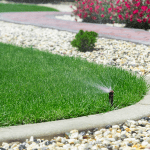Don’t Fall Behind in Your Cool-Weather Preparations
Fall is here, and it’s time to prepare your yard and home for colder weather! The work you do now can give you peace of mind as the cold temperatures begin to roll in. Here are some tips to help you avoid costly repairs and set your yard up for success in the spring.
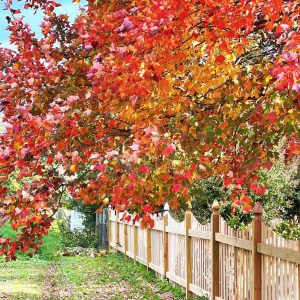
The First Freeze
On average, the first freeze in Thornton occurs in early October. Preparing your lawn, garden and trees ahead of time is important to prevent damage to your yard and pipes caused by snow, ice and freezing temperatures.
Plants go dormant when the weather gets colder. This means the plant is alive but not actively growing and is resting to conserve energy through the winter. While your plants are dormant, they require less care but could still use a hand to stay healthy and come back strong in the spring. Add these items to your fall to-do list to help your plants prepare:
- Maintain your lawn even when temperatures begin to cool. As a general rule of thumb, if it’s still growing, keep mowing! A well-maintained lawn will help prevent disease and encourage dense growth to prevent freeze damage during the winter months. Mowing will make raking fallen leaves easier, too!
- Fertilize your lawn. Adding fertilizer to your lawn in the fall will help your grass stay strong during the winter months, and then replenish and grow in the spring.
- Replenish mulch around trees and shrubs. Adding three inches of mulch to your soil will help keep the roots of your garden warm during Colorado cold snaps and help prevent erosion and contain moisture in your soil. Be sure to keep mulch a couple of inches away from the base of trees and shrubs to reduce the likelihood of bark decay and rot. Learn about different types of mulch on our H2Overhaul Mulching page.
- Wrap your tree trunks. If you have young trees, wrap the trunk with tree wrap up to the first branches to keep the bark healthy during the winter. Keep this tree wrap on until spring to keep your young trees safe from frost damage.
- Clean up your yard. Care for bare spots on your lawn, remove weeds and dispose of debris.
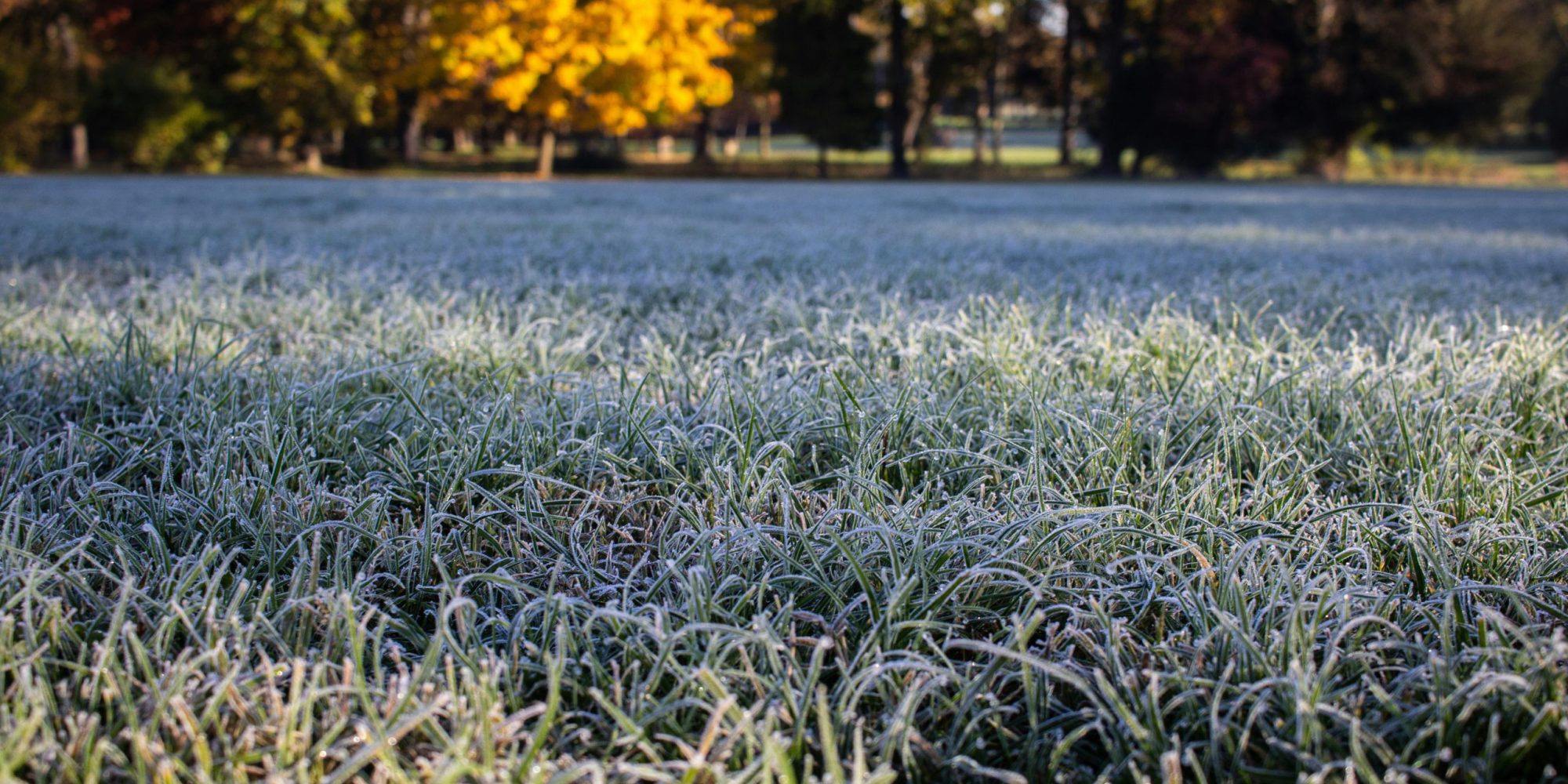
Wean off Water
You’ll want to begin decreasing the amount of water used on your lawn as the weather starts to cool. Depending on weather and the amount of precipitation in Thornton, watering your lawn and trees could stop entirely in October. As freezing temperatures become more consistent and precipitation begins to move in, stop watering your lawn and allow it to go dormant as well. Dormancy is a natural part of your lawn’s lifecycle and will allow it to survive the winter and come back stronger.
During the winter, you will likely still need to occasionally water your trees. Plan to do this at least once a month on a day where the temperatures are warm, above 40 degrees Fahrenheit, and allow enough time for the water to soak into the earth before the temperatures drop overnight.
Have you winterized your irrigation system yet?
With October already here, ideally your irrigation system has already been shut off and prepared for colder temperatures. If it isn’t, remember that winterizing your irrigation system is an important aspect of caring for your pipes and sprinklers to avoid damage from freezing temperatures. This process starts with turning off the water supply and draining the system, usually using pressurized air. You can do this yourself or hire a professional to do it for you.
Draining the irrigation system is known as blowing out your sprinklers, and it means exactly what it sounds like! You will need to blow out all the remaining water from your sprinkler system so that there is nothing left to freeze inside of the pipes. The expansion of the frozen water could cause a pipe or valve to break. Sprinkler winterization should be done before the first hard freeze of the year to avoid any costly damages. It is much easier to winterize your sprinkler system than to fix a broken pipe. If you’d like to tackle this project yourself, we recommend following these step-by-step instructions on how to winterize your system from the CSU Extension Office.
Once your sprinkler system is winterized, you can further protect it from the cold by wrapping the backflow preventer pipes with foam pipe protectors and a cover. You can even use towels and a plastic bag to insulate the components from the cold temperatures.
A backflow preventer is a device attached to your sprinkler system pipes that allows water to flow in one direction only. This prevents backflow from your irrigation system from moving backwards into your water pipes and contaminating your drinking water.
Protect Your Pipes Indoors, Too
After you’ve taken care of the pipes in your sprinkler system, remember to care for the pipes inside your home when cold temperatures drop well below freezing. If there is a deep freeze coming, allow for a slow drip in your faucets and open cabinet doors to expose the pipes to warmer temperatures. This helps to keep the pipes from freezing in areas closest to the exterior of your home and furthest from your heat source.
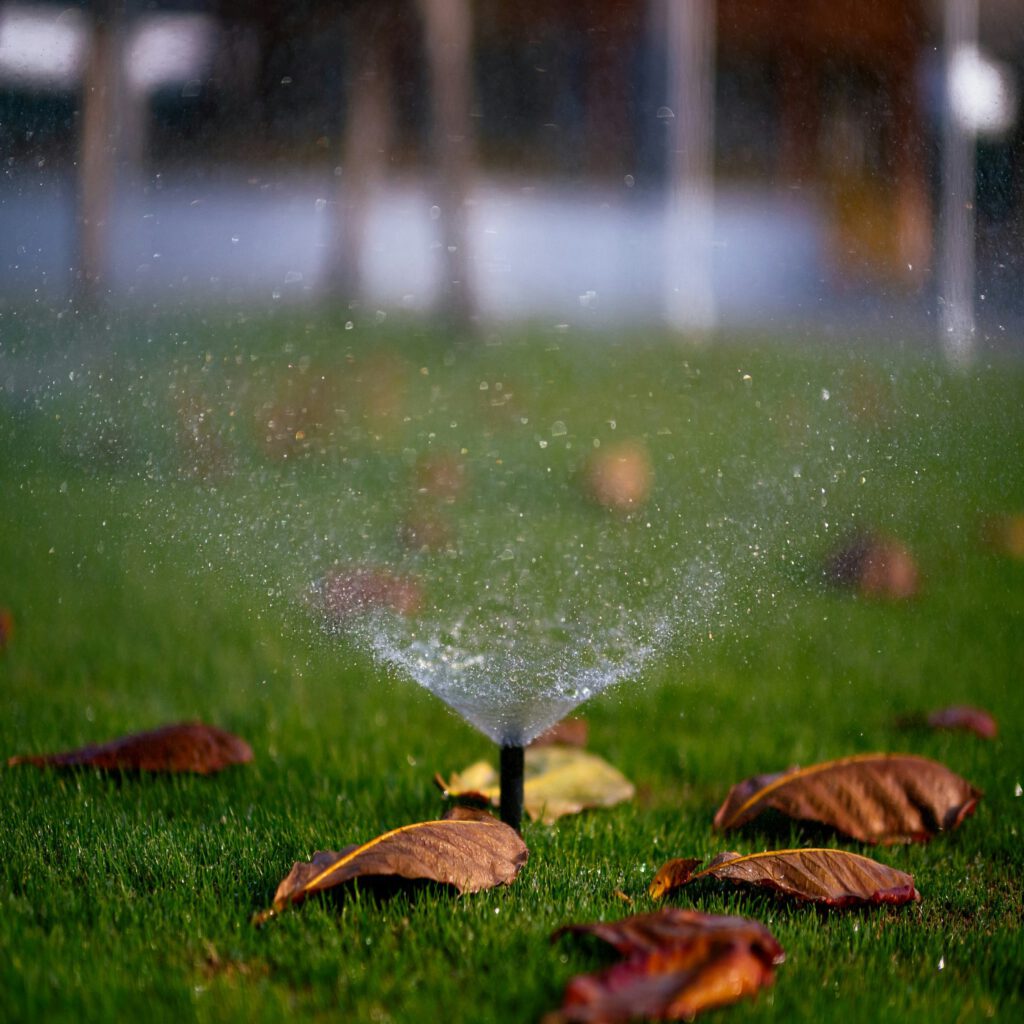
Have questions about protecting your yard from the cold? Give us a call at 720-977-6600 or send us an email. Check out the Landscape Rebate page to start planning now for a landscape project next year. For additional resources on creating a water-wise yard, visit the H2Overhaul pages!



